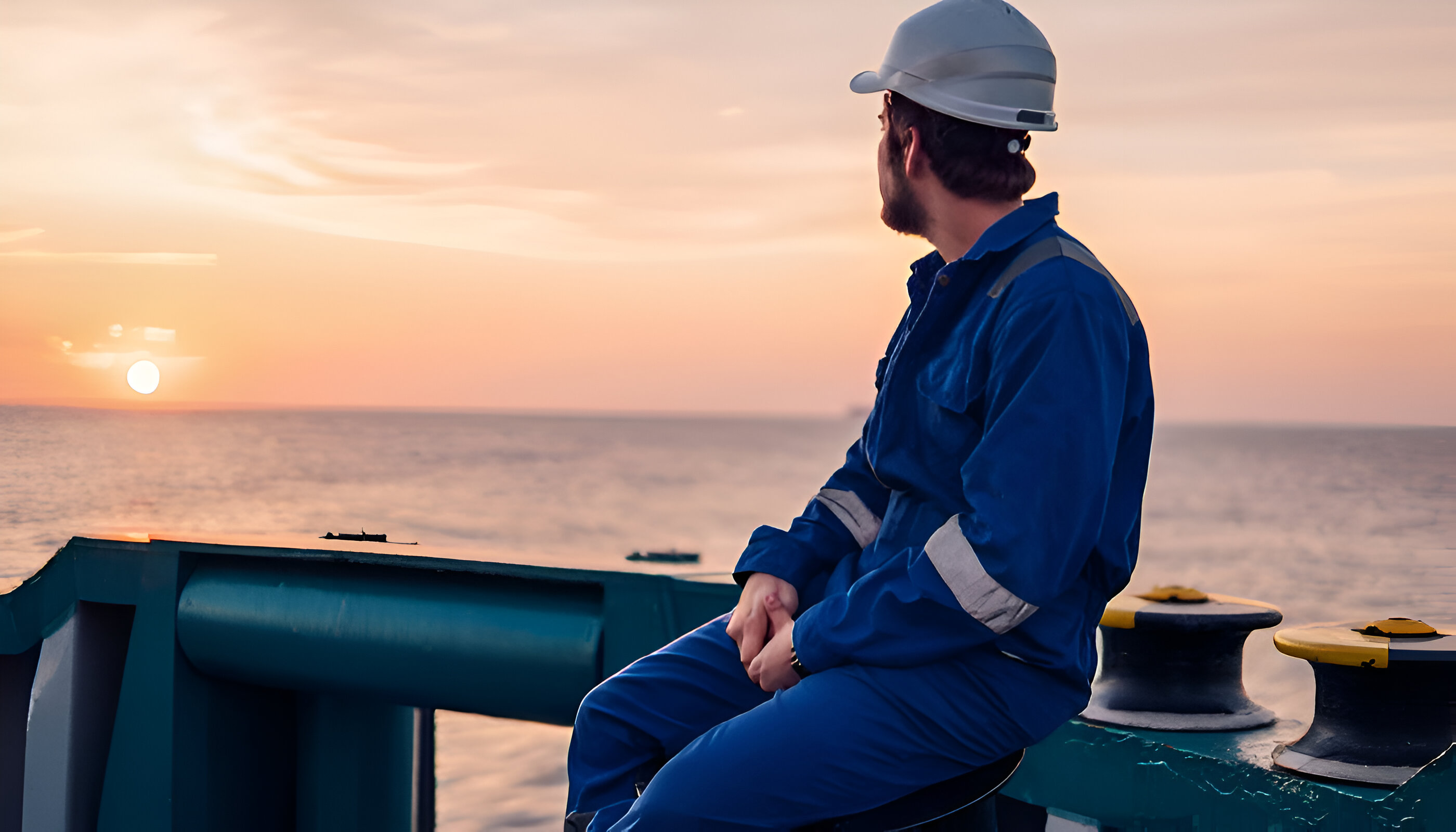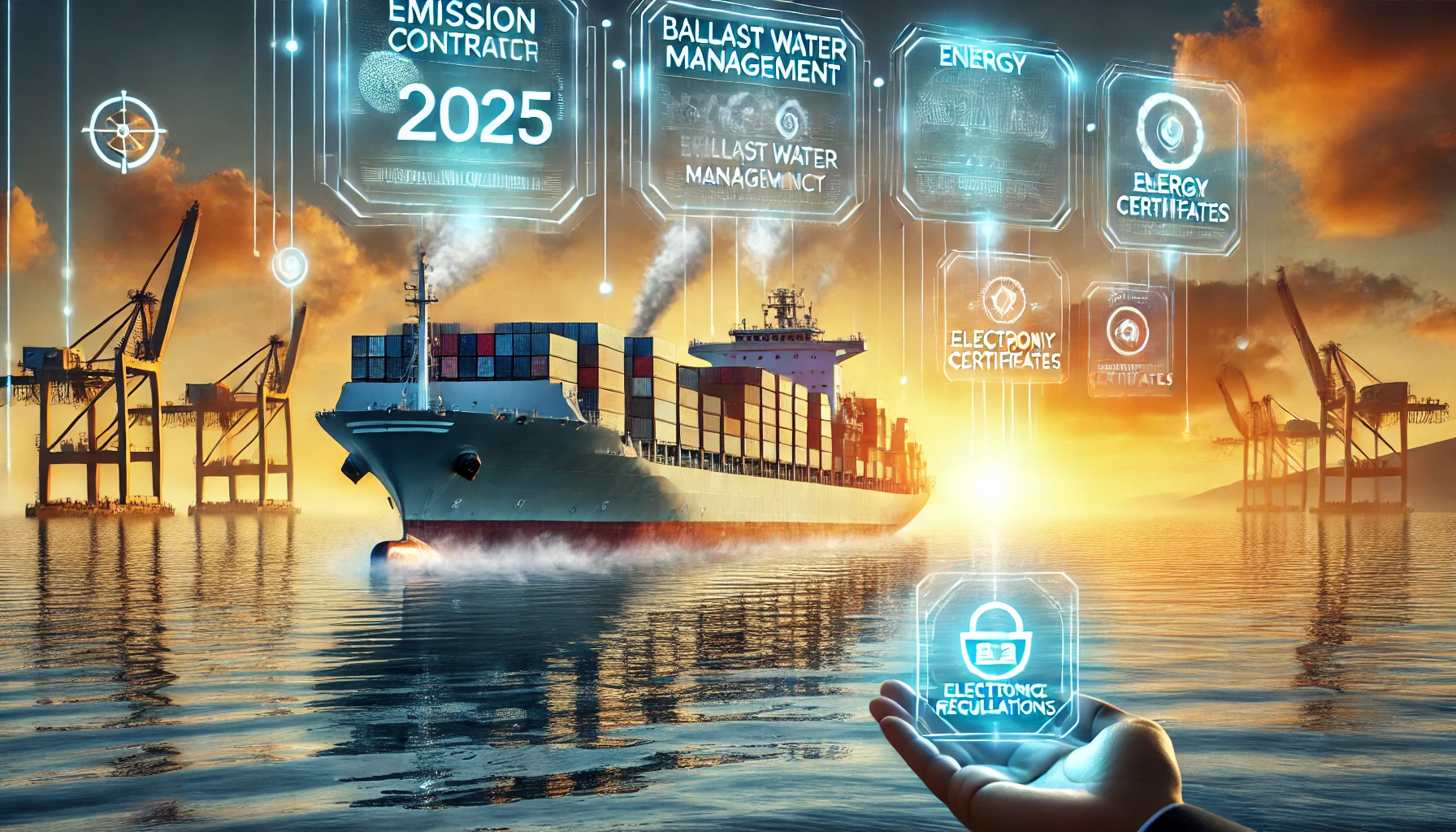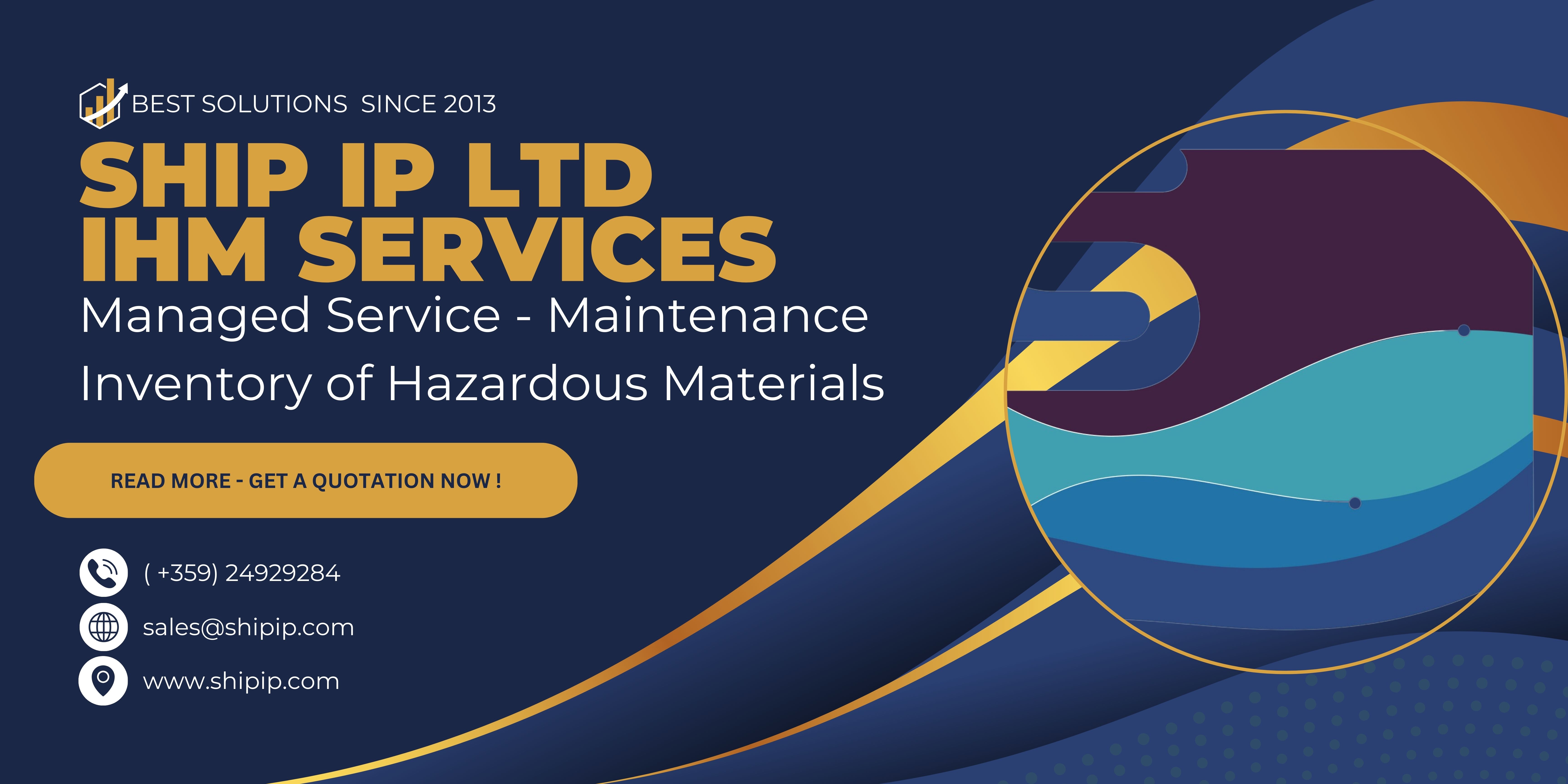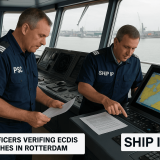Washington, D.C.—A federal watchdog agency told Congress the Maritime Administration (MarAd) should develop regulations to enforce cargo preference requirements intended to support the U.S.-flag shipping industry.
Those requirements are to ensure the industry has sufficient vessels and mariners to supplement the cargo-carrying capacity of military ships during times of war and national emergencies, said Andrew Von Ah, director of Physical Infrastructure, Government Accountability Office (GAO).
Appearing before the House Transportation and Infrastructure Subcommittee on Coast Guard and Maritime Transportation, Von Ah based his testimony on GAO’s newly released report on enhancing cargo preference oversight.
GAO reported MarAd has never taken enforcement action on potential violations even though it has notified federal agencies and contractors of the potential violations. In its report, the agency blamed MarAd’s lack of enforcement action in part on its failure to develop regulations.
GAO also recommended that MarAd publicly report cargo preference data it receives.
Testifying on behalf of USA Maritime, Eric Ebeling, president and CEO of American Roll-On Roll-Off Carrier Group, expressed hope the GAO report will demonstrate robust support for enforcement of cargo preference laws.
“U.S. cargo preference laws are crucial to the continued existence of the active, commercially viable, privately-owned U.S.-flag commercial shipping fleet, the most cost-effective sealift capability available to the U.S. government,” Ebeling said.
In her testimony to the panel, MarAd Administrator Ann Phillips, a retired Navy rear admiral, spoke of the importance of the Jones Act, the Maritime Security Program and cargo preference programs.
Phillips also testified about a future rulemaking effort, cited the Biden administration’s proposal to eliminate a three-year waiting period to attract new vessels and told the House panel of a summit with industry and labor on mariner recruitment and retention.
For some, however, those efforts would be doomed to fail.
“I believe we need a new law,” Rep. John Garamendi (D-Calif.) said, citing the lack of progress made by Phillips’ predecessors.
Permitting Reform
Despite stout opposition from fellow Democrats and others, Senate Majority Leader Chuck Schumer (D-N.Y.) predicted success for his plan to place permitting reform legislation in a must-pass continuing resolution (CR) to keep federal agencies funded.
“I’m going to add it to the CR, and it will pass,” Schumer said.
He explained his agreement on moving permitting reform with Sen. Joe Manchin (D-W.Va.) was part of an agreement on the Inflation Reduction Act whose passage continues to be celebrated by President Joe Biden and other Democratic leaders.
Sen. Bernie Sanders of Vermont, an independent who caucuses with Democrats, described the plan to attach Manchin’s fossil fuel “side deal” to the CR as an outrage.
“We must take on the greed of Big Oil & reject this dirty deal,” Sanders tweeted.
Over on the House side, more than 70 members have signed letters to Speaker Nancy Pelosi (D-Calif.) opposing putting a permitting rider in the CR.
Led by Rep. Raul Grijalva (D-Ariz.), chair of the House Natural Resources Committee, one letter described the language cited in media reports as “destructive provisions” that would allow polluting projects to be rushed through before those impacted would even be aware of them.
CG Reauthorization
A key Senate committee advanced a bipartisan bill reauthorizing the Coast Guard and providing funding to help keep the maritime economy moving and the ports and waterways safe.
Passed by a voice vote, S.4802 now goes to the full Senate.
In addition to the core mission, Sen. Maria Cantwell (D-Wash.), chair of the Senate Committee on Commerce, Science, and Transportation, said the bill also helps the Coast Guard crack down on illegal fishing, improve oil spill response and bolster the nation’s presence in the Arctic.
Cantwell also cited language she worked on with Sen. Ted Cruz (R-Texas) to help members of the military become merchant mariners.
She was joined in introducing the bill by Sen. Roger Wicker (R-Miss.), the panel’s ranking member, and Sen. Tammy Baldwin (D-Wis.), chair of Subcommittee on Oceans, Fisheries, Climate Change and Manufacturing.
BWMS Updates
The Coast Guard has provided two clarifications on a Ballast Water Management System (BWMS) concerning a Type Approval Certificate’s expiration date and on the use of existing type approval data in BWMS type approval for viability.
According to an update posted on the Marine Safety Center’s website, a BWMS Type Approval Certificate (TAC) expiration date indicates the dates between which a BWMS must be manufactured.
A type-approved BWMS manufactured within the TAC applicability dates remains in compliance for the lifetime of the system, assuming it is operated and maintained according to the Operation, Maintenance and Safety Manual. Stored onboard, the TAC is replaced only upon modification of the BWMS to comply with a revised TAC.
The other clarification concerns the Coast Guard’s position regarding consideration of existing testing data in type approving a BWMS using a viability testing method, should the Coast Guard accept such a testing method.
Source: https://www.waterwaysjournal.net/2022/09/16/gao-maritime-administration-should-develop-cargo-preference-requirements/











